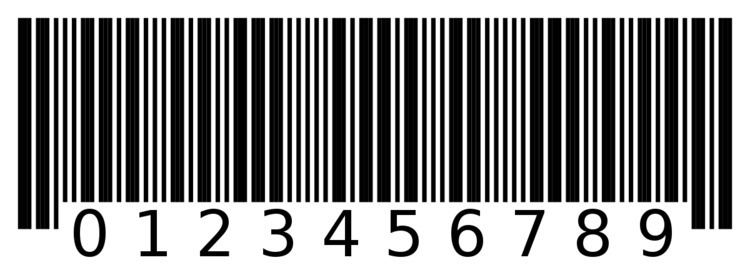 | ||
In telecommunication, a two-out-of-five code is an m of n code that provides exactly ten possible combinations, and thus is popular for representing decimal digits using five bits. There are ways to assign weights to each bit such that the set bits sum to the desired value, with an exception for zero.
According to Federal Standard 1037C:
- each decimal digit is represented by a binary numeral consisting of five bits of which two are of one kind, called "ones," and three are of the other kind, called "zeros", and
- the usual weights assigned to the bit positions are 0-1-2-3-6. However, in this scheme, zero is encoded as "binary" 01100; strictly speaking the 0-1-2-3-6 previously claimed is just a mnemonic device.
The weights give a unique encoding for most digits, but allow two encodings for 3: 0+3 or 10010 and 1+2 or 01100. The former is used to encode the digit 3, and the latter is used to represent the otherwise unrepresentable zero.
The IBM 7070, IBM 7072, and IBM 7074 computers used this code to represent each of the ten decimal digits in a machine word, although they numbered the bit positions 0-1-2-3-4, rather than with weights. Each word also had a sign flag, encoded using a two-out-of-three code, that could be A Alphanumeric, − Minus, or + Plus. When copied to a digit, the three bits were placed in bit positions 0-3-4. (Thus producing the numeric values 3, 6 and 9, respectively.)
A variant is the U.S. Post Office POSTNET barcode, used to represent the ZIP+4 code for automated mail sorting and routing equipment. This uses two tall bars as "ones" and three short bars as "zeros". Here, the weights assigned to the bit positions are 7-4-2-1-0. Again, zero is encoded specially, using the 7+4 combination (binary 11000) that would naturally encode 11. This method was also used in North American telephone Multi-frequency and crossbar switching systems.[1]
The USPS Postal Alpha Numeric Encoding Technique (PLANET) uses the same weights, but with the opposite bar-height convention.
The following table represents decimal digits from 0 to 9 in various two-out-of-five code systems:
The limit on the number of bits set is similar to, but strictly stronger than, a parity check. All constant-weight codes, including the two-out-of-five code, can not only detect any single-bit error, but also detect any unidirectional errors -- any case where all errors in a codeword are of a single type (0→1 or 1→0).
